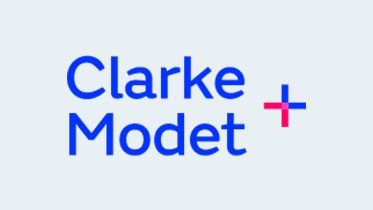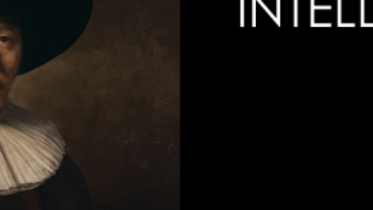Disclosure without protection, some considerations regarding Innocuous Disclosure
- 17 September 2015
- Articles
Several entities – such as research centers, universities and companies – usually prototype inventions seeking to seduce the market or to contribute to the country’s scientific and technological progress. In fact, many of this ideas involve such an investment in research and development that companies expect a significant economic return, which could originate from Intellectual Property; for instance, from a patent.
But, what happens when scientists or inventors disclose the progress of their research, before protecting them? Could this affect the granting of an invention patent? This circumstance, which is very common, is due both to the inexperience as well as of ignorance regarding Intellectual Property matters, because, on the one hand, it is true that when disclosing without protecting the novelty of the innovation is lost (one of three requirements for patenting), but it is also true that there is another way to achieve the foregoing, of which inventors are rarely aware: the Innocuous Disclosure claim.
So, if you are an inventor seeking to protect your innovation, but you have already disclosed a part of it, there are still ways to do so and several legal systems allow this. In Chile, the law grants a 12-month term as from the disclosure date to submit a patent application or any other mechanism of intellectual protection, such as utility model, industrial designs, industrial drawings and diagram plans or topographies of integrated circuits.
If prior of applying for Intellectual Property protection, at least one verifiable public display exists – through any media outlet (magazine, TV program, website, etc.), congress or commercialization of the relevant invention – then Innocuous Disclosure (ID) exists. The requirement is that disclosure has originated from the author himself and that the 12-month term has not been exceeded, so as to not affecting the patent’s qualified analysis.
The process to claim Innocuous Disclosure is simple. First, it is necessary to classify disclosure in two groups: those that have been carried out, authorized or derived from the author himself; and, on the other hand, those related to third party deeds, that is to say, derived from abuses and unfair practices. Secondly, in order to prove the ID, the investigator must submit documents certifying its existence, nature, and date of circulation, along with the submission of the patent application and a brief explaining the ID or IDs, as the case may be.
Once the patent application has been submitted and the Innocuous Disclosure proven, the National Intellectual Property Institute (in Spanish, Instituto Nacional de Propiedad Intelectual or INAPI), shall confirm the veracity of the submitted information, and then proceed to the analysis of the merits. Therefore, one of the most relevant factors to take into account is time, because if disclosure exceeds the terms of Chilean law, then the interested party is not entitled to resort to the Innocuous Disclosure claim.








